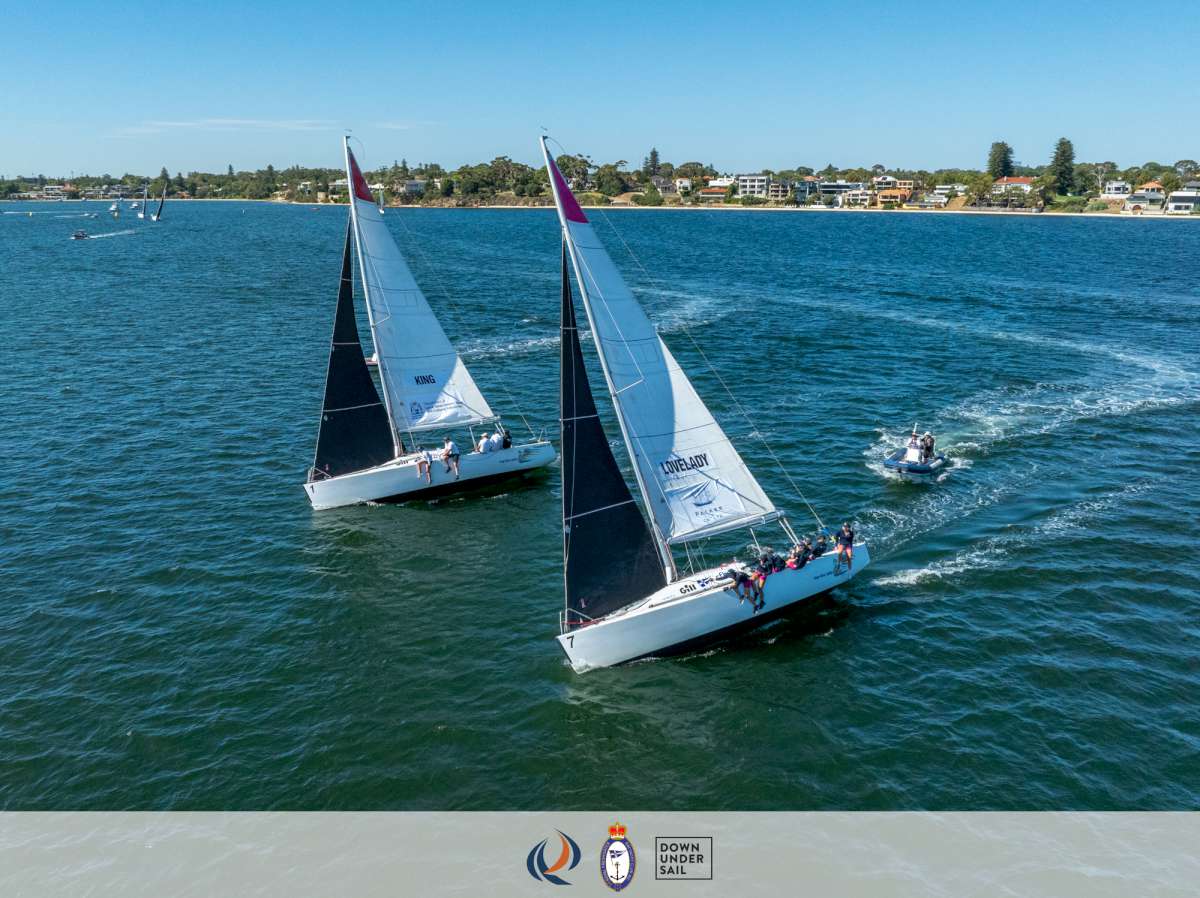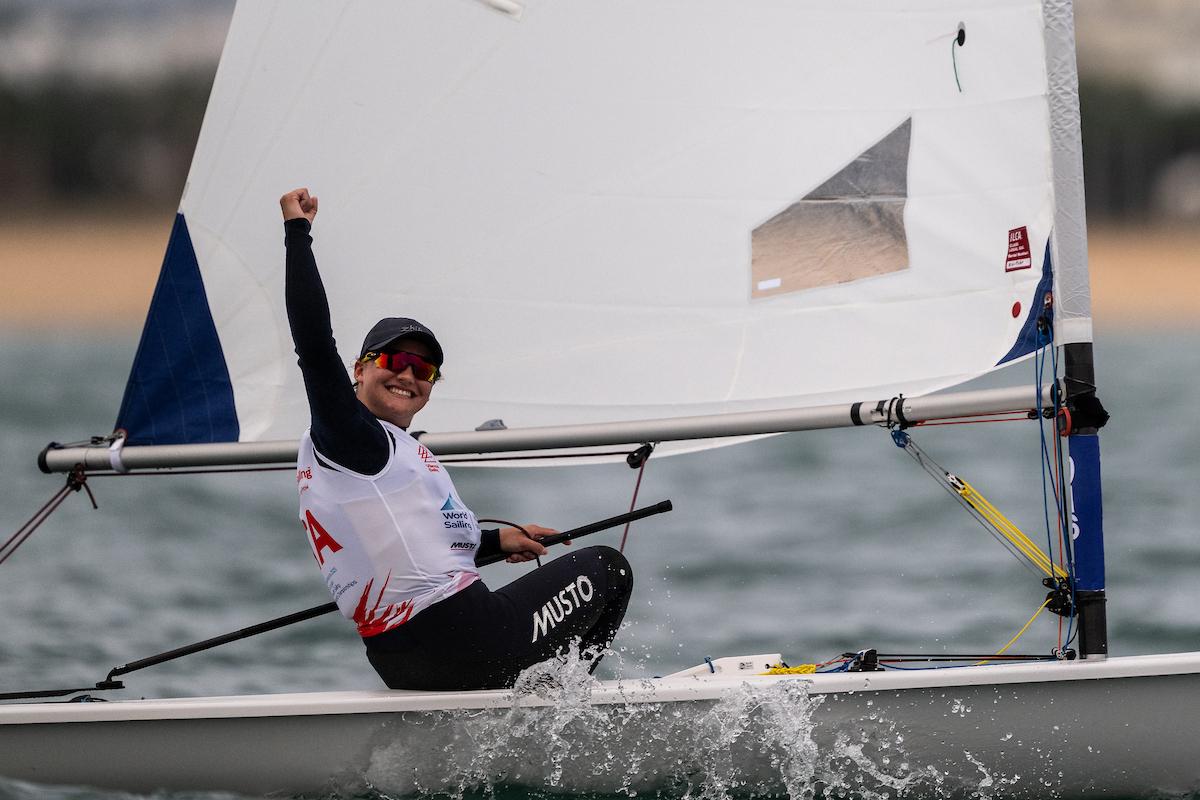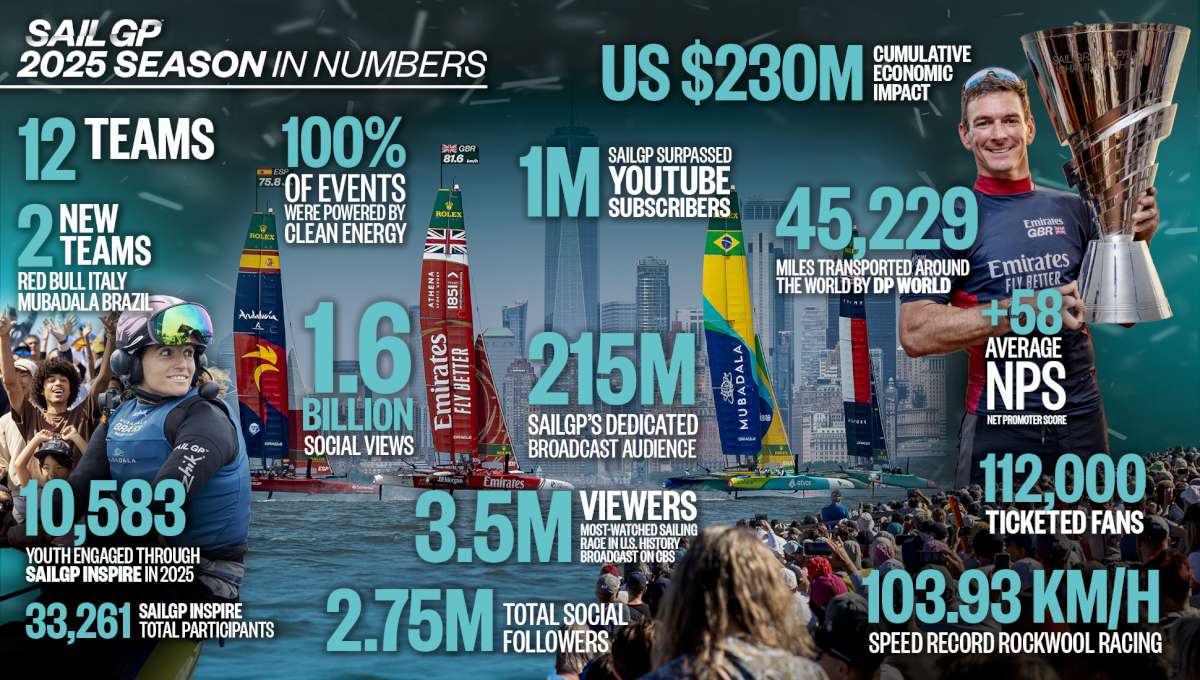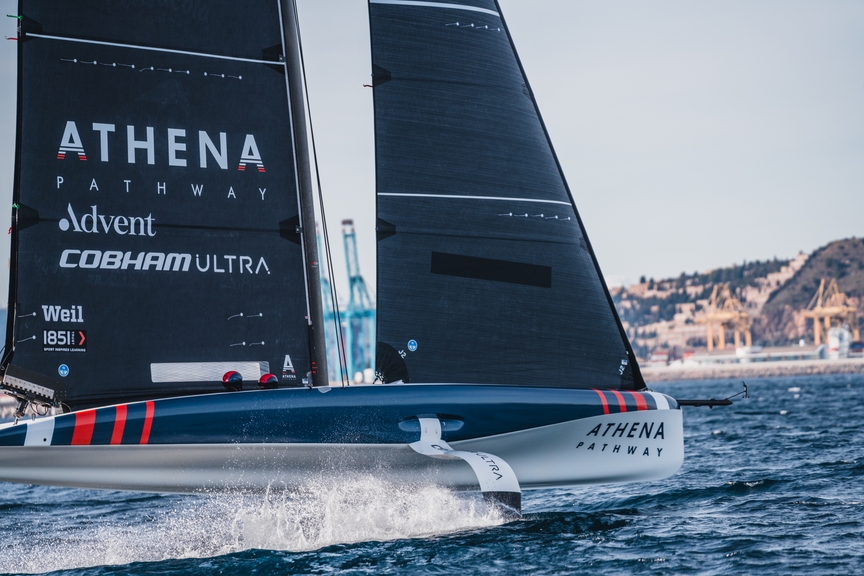Having bid our kind benefactor goodbye following his trip from Yarrawonga to Mildura, we left Mildura in his boat, a 22 foot Beneto River Rat with 0.4 metre draft.
Went through Lock 11 tying up alongside the paddle steamer Melbourne. On leaving, swallows accompanied us and stayed with us the entire journey. Although we were not quite sure if they were the same birds as they disappeared at night and then rejoined as we set off at dawn.
We travelled about 45 kilometres looking for a suitable place to pull up for the night. At that stage the Murray ran with Victoria on one side and NSW on the other.
The Victoria side is all national parkland and you can pull up anywhere and set up a campfire.
The NSW side is all privately owned and regular signs are erected along the banks to remind you of this.
The boat owner, who had previously completed the same trip years before, made camping look easy “just pull up anywhere,” he said, “tie up to a tree, step off and light your fire.”
We spent two hours tootling along avoiding houseboats and finally found what we considered a suitable landing. A very irate family of plovers greeted us, heads down and obviously protecting babies, so we moved on.
Second likely place a huge goanna with attitude charged us from out of the bush and made it quite clear we were invading his territory.
About two kilometres further found what we were looking for, bow in and tied up to a log in 0.6m of water. A milk crate tied to the boat made an ideal step especially when getting back on.
Deck chairs were hastily erected on shore, drinks organised and a fire was lit and sausages cooked over the embers. Smoke deterred mozzies and flies, do not ever do this trip in summer, you will be eaten alive!
The only visitors we had was a handful of curious goats. Day one down, so far so good.
Day 2
Moved off 0600 with a full moon still up and reached Wentworth at 0730 tying up to a public wharf.
The entrance to Wentworth is a bit confusing as you have to do a U-turn on approaching the lock in order to enter the Darling River. We took advantage of showers, topped up fuel and left to enter lock 10.
This time we did not have the buffer of the paddle steamer and were a bit apprehensive, well I was anyway. All went well, I sat on the bow and held onto a rope that was thrown down while Peter looked after the stern. Once the gates were closed we slowly released more rope as we went down into the dungeon dropping about three metres. Once we reached the level of the river ahead, the front gates were opened and off we went.
By the time we had done 13 locks in total we were getting quite blasé about the procedure.
The lock keepers were always ready for a chat and Peter, who only had me to converse with, was more than ready for a conversation. They also looked after the lawns and surrounding landscaping as part of their duties.
We wanted to make some progress while we had good weather. About fourish we started to look for a decent landing spot for the night. We were advised never to anchor as we could get tangled up with roots.
When the fire is lit we have a great camp oven which sits on hot embers and cooks a meal in about 30 minutes. Basically you throw in any vegies you have, water, spices and whatever chicken or meat looks like it might not last another day. Chuck in all ingredients, sit patiently watching wildlife sought out their domestics and voila! Beautiful tasty meal.
For lunch next day just dice up leftovers and add to a pancake mixture (beat together flour, milk and an egg). Easy peasy.
Day three and another crisp morning with a 6am start, a full moon one side and the sun trying to peek through the trees on the opposite bank. I will not go into the details of our toilet habits, suffice to say that we head off into the bush shovel and dunny roll in hand.
792km to go. How do I know this? Well is it possible that I have carefully plotted running fixes on my charts and used my powers of calculation? Nah, there are large blue and white signs attached to trees giving distance to the river mouth every two to four kilometres!
Scenery is especially stunning early morning. Everything is fresh and the wildlife including black swans, kookaburras, pelicans and ducks, are busy. The swallows are still with us and Peter thinking they may have left a nest on board took the anchor well to pieces, checked under everything but nothing there. Maybe just heading south and hitching a ride.
River Rat is well equipped with three solar panels keeping our batteries charged and our fridge at two degrees Celsius, very important.
We take it in turns helming as the autopilot has a mind of its own and there is not much width allowed for mistakes. Depth of the river so far has been from 1.4 to 3m.
After phoning an hour ahead to alert the lock keeper the gates were opening as we approached. Either the locks are getting easier to manage or we are becoming used to the procedures. Only ten minutes to empty and open lower gates. Six hours later we were through the next lock.
There is now a strong current on the river enabling us to get a few good miles under our belt. The scenery had changed and the banks are less dense, with fewer dead trees and walkable paths, even the occasional tables and benches set up.
Spoke too soon; one hour later the bush is so dense you cannot see any shoreline or landing spot. Have three hours to find something. Hurrah, found fantastic sheltered spot tucked in at Murray Sunset National Park. Bow touches firm ground making it easy to step off the bank for easy footing.
An inlet ran alongside and miles of walking along four-wheel drive tracks. It was good to stretch the legs. I turned a load of mince and stale bread with heaps of spices, into hamburgers topped with tomatoes and cheese for dinner with enough left over for another meal.
Next day we left at dawn as the next lock was 14km downstream and we needed to be there at 0800. We had no phone signal to announce our intentions, however the bush telegraph was working well and the lock keeper was waiting for us, gates open and ropes in hand to throw to us. They also look after the lawns and outside surrounds and must have the best manicured gardens anywhere.
Once again the scenery changed, the river is really shallow and for the first time we encountered channel markers, often under a metre showing under the depth sounder.
The channel markers did not just signal red or green but had arrows under them showing direction in case you didn’t understand the meaning of the markers.
I have mastered the art of washing clothes, minimal as they are. Stick them in a bucket, chuck in Napisan (river water is fine) and stomp on them in between soaking so you are washing your feet at the same time. Rinse in river water, hang out on the safety lines and by lunch time all dry and ready to go.
We passed the first of our huge cliffs, a regular feature from then on, which resembled a moonscape with varied colourings (clay, Peter thought). It was all a bit eerie and the only time that we have experienced ten metres under the hull.
Plenty of wildlife: emus, kangaroos and even a herd of cattle which stampeded as we tootled past. We encountered one house boat en-route who informed us that he will move in a few days. 672km to go.
Border crossing
Early that afternoon we passed a sign to indicate that we were crossing the border from New South Wales to South Australia. It is quite confusing as the river then winds back into Victoria and all day we went backwards and forwards between three states.
The scenery is now lush green on the port side and scraggy dead trees to starboard. Two snakes were spotted swimming over the border trying to escape from South Australia.
Five minutes later while watching the depth sounder and checking the pilot manual, I nearly ran over three emus swimming across my bow. Took me a minute to realise what they were as they looked like tiny Loch Ness monsters. They reached the other side pushed through the reeds until they struck hard ground and dashed with stumpy wings spread into the bush.
We have now moved alongside a place called Border Cliffs. The homestead was formerly a Customs house where all the masters of river steamers where required to present their clearance papers. It is now a general store run by Brian and we topped up with the essentials: wine and beer.
We were then guided to a tiny public berthing area for the night which allowed us some more pleasant walking. As we were still without any phone signal, Brian said he would call the operator of Lock 6 (about 19km away) to expect us the next day.
It is now quite hot and balmy, expecting 40 degrees in next couple of days. Mosquito coils have been the order of the day, they are lit inside at about 4pm and left at entrance of cockpit.
With the confusion of crossing backwards and forwards in between States we have messed up the timing of the lock. We are now permanently in South Australia and should have put our clock back 30 minutes.
We slowed down as we now have 30 minutes to cover two kilometres, but need not have worried. The lock gates opened and the greeting was “Hey River Rat, we were told two days ago that you were on your way, been expecting you”. Obviously not many boats on the move.
Scenery changed again once through the lock with huge red cliffs on one side and green countryside on the other. We pulled alongside a solid bank for the night and a curious emu came for a visit. There were several houseboats in this area and the never-ending jet skiers.
Left at dawn as usual with 570km to go and made our way to the town of Renmark. We pulled up in the middle of town at a public mooring area.
We stocked up, took advantage of a laundromat, changed water filter, topped up water and fuel. It was a long weekend and by then the screaming jet skis were driving us mad and one of us had to keep holding the boat to avoid it hitting the esplanade. Our thoughts of staying there for the night quickly evaporated.
Leaving at lunch time, we lowered our mast to get under a 2.75m bridge and through to the next lock. We did not accomplish much mileage today and tucked well into a river bank staying clear of winds forecast to increase in the next two days. 546km to go.
Today is daylight savings in all states below Queensland. We tied up briefly at Berri (great public mooring place) and had a look round the town, which, being Sunday, was closed except for a hot bread shop.
As we travel further we automatically lose touch with the real world and its problems. We very rarely have a phone signal and, if we stop somewhere civilised, a newspaper can last us a week.
One day merges into the next and we are well settled into a routine of leaving early. After Peter has made a cuppa, he unties us from the bank and sets off while I attend to breakfast.
We are never bored as the river changes all the time and forever on the lookout for shallow patches and snags, the pilot book being invaluable. Occasionally we cannot get close enough to the bank and Peter will wade into icy water to tie us up and I decide that I do not really need to go ashore that night.
We are now down to 464km and expecting 40° later on, possibly followed by a storm. We called in a Moorook camping site and jet ski area. Most camping sites will allow you to use their facilities (showers, kitchen, overnight mooring) for a cost of $5 each and it certainly beat heading off into the bush with a shovel and dunny roll!
Scenery changing once agin as we head down South Australia. The river banks are a lot more open and you can see the landscape for miles.
We found our way into a secluded oasis branching off from the main river and made our way in. Our depth went down to one metre and held as we approached, what you would basically call a pond and pulled alongside a jetty. We were in Bruno Bay. It is used by locals to launch small boats who want a trip up and down the Murray.
We would love a night here but it is only 0940 and could waste 30km of good weather. Sort of place you need when there is a gale blowing. We stopped at 1500 with 404km to go.
The flies are driving me mad. Insect repellents say two hours protection but failed to mention only if you are in a house with closed doors.
The next day we made it to Waikerie at 0830 and tied up to the wharf. We had arranged to have the outboard picked up and serviced before we attempted to cross Lake Alexandria, which is the last crossing before Goolwa.
Once the outboard was sorted we moved on. It was freezing all day, on the bright side too cold for the flies.
Peter was a bit poorly because he tripped and fell in between the wharf and the boat, landing very heavily on his head resulting in a nasty gash on his head and bridge of his nose. Brings home the fact that when you are cruising you have to be pretty self-reliant. Between us we got him patched up, stopped the bleeding although he looked as if he had lost a good fight the next day.
Caravan parks are a lot more frequent now and we enjoyed the luxury of a hot shower at Morgan. The previous day I washed my hair in a bucket of cold water pulled from the river, not realising that I would have facilities the following day.
We continued on our way in gloomy drizzly conditions. One thing about river cruising as against open water is that you always have land on either side, does not matter what the weather is doing the seas never build up and you might as well keep pottering along, as stay stuck at an anchorage.
Sometimes we did not see anyone for days and other times you felt as if we were in someone’s backyard.
Once we got to Murray Bridge and Tailem Bend the scenery became a lot less dramatic, although there was still plenty of wildlife around. We finally got to Wellington and moored alongside a public jetty at the base of the Wellington pub. After introducing ourselves to the landlord we were assured that we could tie up as long as we wanted, until the weather was suitable for crossing Lake Alexandria, which separated us from Goolwa.
Time to relax and enjoy a perfect meal at the pub and, although it was literary miles from anywhere, they were pretty full. The reason became obvious next morning when a cruise ship pulled alongside us, nose into the bank and picked up their tourists for what the skipper described as a five-day pub crawl. As the average age was well over 60 I guess it was tongue in cheek.
However they cruise upstream, passed some of the best scenery on the river and stay at a different pub each night. We did receive feedback from one person and it was the best holiday he had. Perfect for those who want a bit more luxury than us.
Lake Alexandria is notorious for being rough and choppy in anything over ten knots, it has a maximum depth of 2 to 2.5m. Even paddle steamers will wait out at Wellington, as they have been known to take sharp backless waves over the bow.
Plenty have underestimated the lake and turned back, especially if they are only used
to river conditions.
We left Wellington two days later at first light with an eight knot easterly breeze not forecast to come in until 1300hrs when we should be in sheltered waters. Seas were sloppy even with the light breeze and a side swell making it slightly uncomfortable.
It was also very shallow and charts had to be followed very carefully. About a third of the way over we lost propulsion and were going nowhere fast.
Peter put the anchor down for the first time ever, which at least held us upwind while the motor was carefully brought on deck for examination and passable repairs.
The shear pin had broken off and a thirty minute repair saw us right again: never leave shore without a handyman. Once more we were on our way.
The rest of the crossing was uneventful; the breeze, cooperating nicely, had shifted to the south east and pushed us along. After crossing, there was still another thirty kilometres of shallow water to navigate guided by channel markers until we finally sighted the bridge that connects Hindmarsh to the main land. Once under the bridge it was a short distance safely into the marina on Hindmarsh Island. It was time to relax and celebrate our journey.
Not quite there yet
We were not quite finished as once the weather improved we planned to go through the barrage (small lock) that separates the Murray from the southern ocean. This is supposed to keep any salt water out of the river and seems to work well.
It was bitter cold, icy wind from the south and we could hear the waves breaking on the shore, so dress of the day was thermals, gloves, hats and a thick jacket. The barrage is a much smaller and narrower lock than the normal locks we had been through and the depth only dropped a metre as against the three to four that we’d previously experienced.
We had about a three kilometre run through very shallow water running parallel with the ocean then finally there was a gap between the sand dunes. Waves were crashing on the beach and we had reached the end of our journey where the Murray meets the Southern Ocean.
We were warned not to go too close as there is a danger of being sucked out. Peter was inclined to investigate but I gave him a pair of binoculars for a close up: Antarctic, next stop.
I have never seen wild life like it; thousands of black swans lined the shallow water perched on either land or dead trees with signets in tow. Ducks with up to twenty ducklings and the ever mindful pelicans on watch nearby waiting for a tasty feed from any stray chicks.
We returned to the lock only to find seals lining up on the structure on the sea side which I had not noticed on our way out. One or two always managed to make their way through the lock and are generally considered a pest.
We spent a few pleasant days in the marina, walking across the bridge to explore Goolwa which has so much history and some of the original steamers in operation. Finally we caught a bus back to Mildura via Adelaide, picked up the owner’s car and trailer, returned to Goolwa, packed the boat and left it on the trailer to be collected a couple of weeks later.
We then had the tiresome journey of making our way to Yarrawonga where our car was waiting before heading home.
River Rat is now safely tucked up back in Manly Queensland, sparkling and looking brand new.
We are back to normal and looking for another river to explore in the near future.























